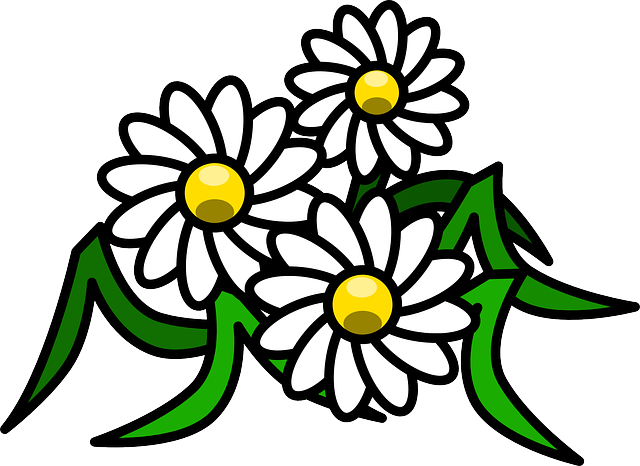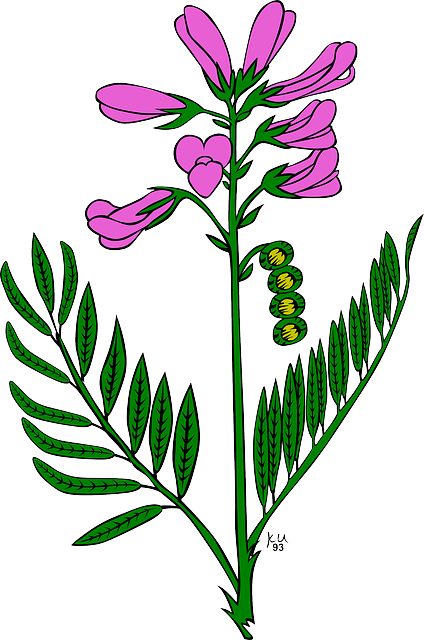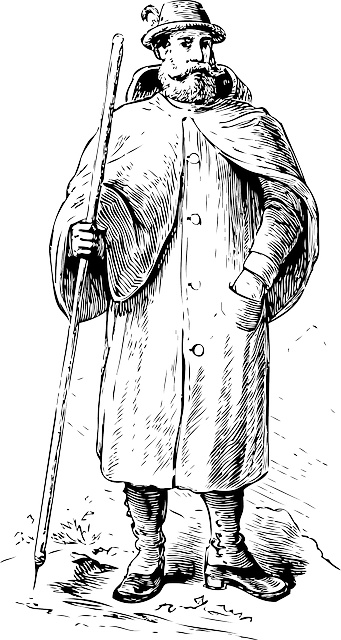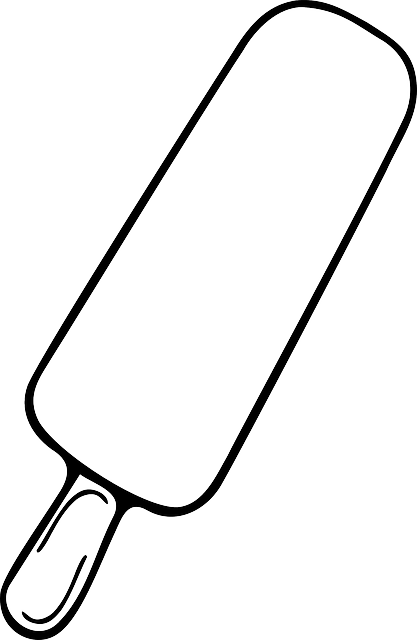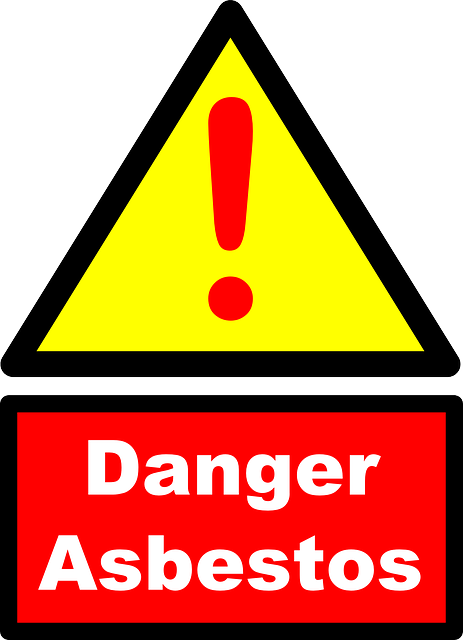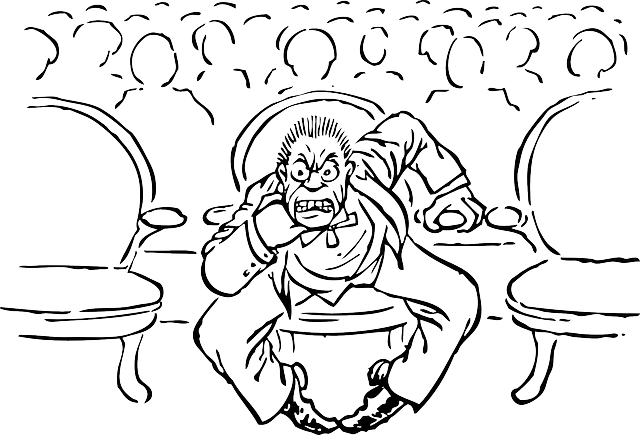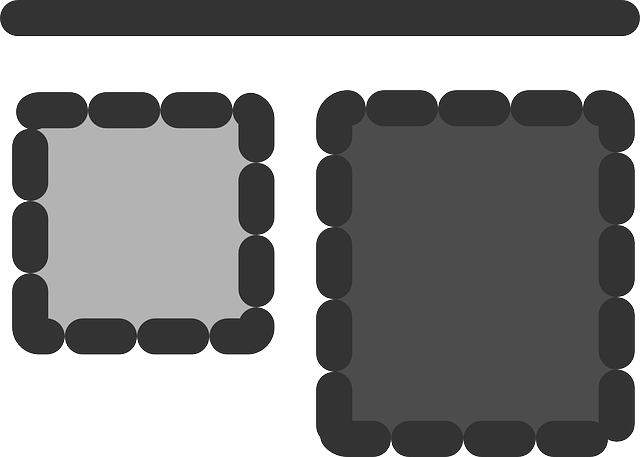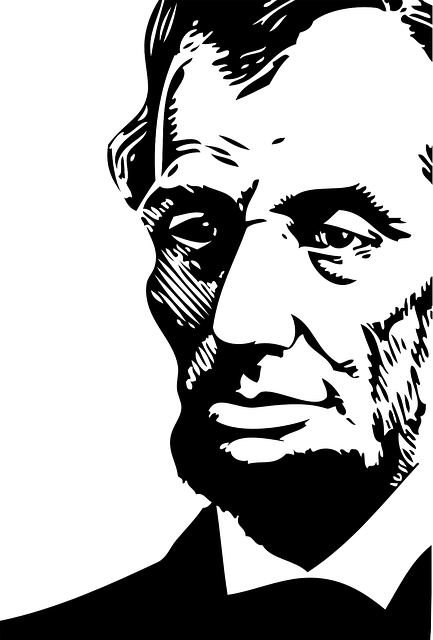نظام الكتابة الياباني
| اليابانية | |
|---|---|
|
Japanese novel using kanji kana majiri bun (text with both kanji and kana), the most general orthography for modern Japanese. Ruby characters (or furigana) are also used for kanji words (in modern publications these would generally be omitted for well-known kanji). The text is in the traditional tategaki ("vertical writing") style; it is read down the columns and from right to left, like traditional Chinese. Published in 1908.
| |
| النوع | mixed logographic (كانجي), syllabic (هيراگانا وكاتاكانا) |
| اللغات | اللغة اليابانية |
| الفترة الزمنية | القرن الرابع الميلادي حتى الآن |
النظم الوالدة |
(See kanji and kana)
|
| ISO 15924 | Jpan, 413 |
نطاق اليونيكود |
U+4E00–U+9FBF Kanji U+3040–U+309F Hiragana U+30A0–U+30FF Katakana |
When written vertically, the writing system is top to bottom, and right to left. When written horizontally, the writing system is most often left to right, similar to standard الإنگليزية text. In the early to mid-1900s, there were infrequent cases of horizontal text being written right to left, but that style is very rarely seen in modern Japanese writing.[]
| |
نطقب:Japanese writing
نظام الكتابة الياباني الحديث يستخدم مجموعة من logographic kanji, which are adopted Chinese characters, and syllabic kana. Kana itself consists of a pair of syllabaries: hiragana, used primarily for native or naturalised Japanese words and grammatical elements, and katakana, used primarily for foreign words and names, loanwords, onomatopoeia, scientific names, and sometimes for emphasis. Almost all written Japanese sentences contain a mixture of kanji and kana. Because of this mixture of scripts, in addition to a large inventory of kanji characters, the Japanese writing system is often considered to be one of the most complicated in use anywhere in the world.
Several thousand kanji characters are in regular use. Each has an intrinsic meaning (or range of meanings), and most have more than one pronunciation, the choice of which depends on context. Japanese primary and secondary school students are required to learn 2,136 jōyō kanji as of 2010. The total number of kanji is well over 50,000, though few if any native speakers know anywhere near this number.
In modern Japanese, the hiragana and katakana syllabaries each contain 46 basic characters, or 71 including diacritics. With one or two minor exceptions, each different sound in the Japanese language (that is, each different syllable, strictly each mora) corresponds to one character in each syllabary. Unlike kanji, these characters intrinsically represent sounds only; they convey meaning only as part of words. Hiragana and katakana characters also originally derive from Chinese characters, but they have been simplified and modified to such an extent that their origins are no longer visually obvious.
Texts without kanji are rare; most are either children's books—since children tend to know few kanji at an early age—and early electronics such as computers, phones, and videogames, which could not display complex graphemes like kanji due to both graphical and technological limitations.
To a lesser extent, modern written Japanese also uses acronyms from the Latin alphabet, for example in terms such as "BC/AD", "a.m./p.m.", "FBI", and "CD". Romanized Japanese is most frequently used by foreign students of Japanese who have not yet mastered kana, and by native speakers for computer input.
استخدام أنواع الحروف
كانجي
Kanji (漢字) are used to write most content words of native Japanese or (historically) Chinese origin, which include the following:
- most nouns, such as 川 (kawa, "river") and 学校 (gakkō, "school")
- the stems of most verbs and adjectives, such as 見 in 見る (mi-ru, "see") and 白 in 白い (shiro-i, "white")
- the stems of many adverbs, such as 速 in 速く (haya-ku, "quickly") and 上手 as in 上手に (jōzu-ni, "masterfully")
- most Japanese personal names and place names, such as 田中 (Tanaka) and 東京 (Tōkyō). (Certain names may be written in hiragana or katakana, or some combination of these and kanji.)
Some Japanese words are written with different kanji depending on the specific usage of the word—for instance, the word naosu (to fix, or to cure) is written 治す when it refers to curing a person, and 直す when it refers to fixing an object.
Most kanji have more than one possible pronunciation (or "reading"), and some common kanji have many. Unusual or nonstandard readings may be glossed using furigana. Kanji compounds are sometimes given arbitrary readings for stylistic purposes. For example, in Natsume Sōseki's short story The Fifth Night, the author uses 接続って for tsunagatte, the gerundive form of the verb tsunagaru ("to connect"), which would usually be written as 繋がって or つながって. The word 接続, meaning "connection", is normally pronounced setsuzoku.
There are even kanji terms that have pronunciations that correspond with neither the on'yomi nor the kun'yomi readings (see kanji) of the individual kanji within the term, such as 明日 (ashita, "tomorrow") and 大人 (otona, "adult").
هيراگانا
Hiragana (平仮名) are used to write the following:
- okurigana (送り仮名)—inflectional endings for adjectives and verbs—such as る in 見る (miru, "see") and い in 白い (shiroi, "white"), and respectively た and かった in their past tense inflections 見た (mita, "saw") and 白かった (shirokatta, "was white").
- various function words, including most grammatical particles, or postpositions (joshi (助詞))—small, usually common words that, for example, mark sentence topics, subjects and objects or have a purpose similar to English prepositions such as "in", "to", "from", "by" and "for".
- miscellaneous other words of various grammatical types that lack a kanji rendition, or whose kanji is obscure, difficult to typeset, or considered too difficult to understand (as in children's books).
- furigana (振り仮名)—phonetic renderings of kanji placed above or beside the kanji character. Furigana may aid children or non-native speakers or clarify nonstandard, rare, or ambiguous readings, especially for words that use kanji not part of the jōyō kanji list.
There is also some flexibility for words with more common "kanji" renditions to be instead written in hiragana, depending on the individual author's preference (all Japanese words can be spelled out entirely in hiragana or katakana, even when they are normally written using kanji). Some words are colloquially written in hiragana and writing them in kanji might give them a more formal tone, while hiragana may impart a softer or more emotional feeling. For example, the Japanese word "kawaii", the Japanese equivalent of "cute", can be written entirely in hiragana as in かわいい, or as the kanji term 可愛い.
Some lexical items that are normally written using kanji have become grammaticalized in certain contexts, where they are instead written in hiragana. For example, the root of the verb 見る (miru, "see") is normally written with the kanji 見. However, when used as a suffix meaning "try out", the whole verb is typically written in hiragana as みる, as in 食べてみる (tabetemiru, "try eating [it] and see").
كاتاكانا
Katakana (片仮名) are used to write the following:
- transliteration of foreign words and names, such as コンピュータ (konpyūta, "computer") and ロンドン (Rondon, "London"). (Some foreign borrowings that have become naturalized may not be rendered in katakana.) See also Transcription into Japanese.
- commonly used names of animals and plants, such as トカゲ (tokage, "lizard") and バラ (bara, "rose"), and certain other technical and scientific terms, such as mineral names
- occasionally, the names of miscellaneous other objects whose kanji are rare, such as ローソク (rōsoku, "candle")
- onomatopoeia, such as ワンワン (wan-wan, "woof-woof"), and other sound symbolism
- emphasis, much like italicisation in European languages.
Katakana can also be used to impart the idea that words are spoken in a foreign or otherwise unusual accent; for example, the speech of a robot.
روماجي
The Latin alphabet is used to write the following:
- Latin-alphabet acronyms and initialisms, such as NATO or UFO
- Japanese personal names, corporate brands, and other words intended for international use (for example, on business cards, in passports, etc.)
- foreign names, words, and phrases, often in scholarly contexts
- foreign words deliberately rendered to impart a foreign flavour, for instance, in commercial contexts
- other Japanized words derived or originated from foreign languages, such as Jリーグ (jei rīgu, "J. League"), Tシャツ (tī shatsu, "T-shirt") or B級グルメ (bī-kyū gurume, "B-rank gourmet (cheap and local cuisines)")
الأرقام العربية
Arabic numerals (as opposed to traditional kanji numerals) are commonly used to write numbers in horizontal text. See also Japanese numerals.
Hentaigana
Hentaigana (変体仮名), a set of archaic kana made obsolete by the Meiji reformation, are sometimes used to impart an archaic flavor, such as in items of foods (esp. soba).
آليات إضافية
Jukujikun refers to instances in which words are written using kanji that reflect the meaning of the word though the pronunciation of the word is entirely unrelated to the usual pronunciations of the constituent kanji. Conversely, ateji refers to the employment of kanji that appear solely to represent the sound of the compound word but are, conceptually, utterly unrelated to the signification of the word. Such admitted oddities, in combination with the need for the aforementioned furigana, a script component that annotates another script component for the assistance of the non-scholar, led the British linguist and diplomat Sir George Sansom to write:
One hesitates for an epithet to describe a system of writing which is so complex that it needs the aid of another system to explain it. There is no doubt that it provides for some a fascinating field of study, but as a practical instrument it is surely without inferiors.
أمثلة
Here is an example of a newspaper headline (from the Asahi Shimbun on 19 April 2004) that uses all three Japanese scripts (kanji (red), hiragana (blue), katakana (green)), as well as the Latin alphabet and Arabic numerals (black):
The same headline, transliterated to the Latin alphabet (rōmaji):
The same headline, translated to English:
Below are further examples of words written in Japanese, all of which are viable ways of writing the sample words.
| Kanji | Hiragana | Katakana | Rōmaji | English |
|---|---|---|---|---|
| 私 | わたし | ワタシ | watashi | I, me |
| 金魚 | きんぎょ | キンギョ | kingyo | goldfish |
| 煙草 or 莨 | たばこ | タバコ | tabako | tobacco, cigarette |
| 東京 | とうきょう | トウキョウ | tōkyō | Tokyo, literally meaning "eastern capital" |
Although rare, there are some words that use all three scripts in the same word. An example of this is the term くノ一 (: kunoichi), which uses a hiragana, a katakana, and a kanji character, in that order. It is said that if all three characters are put in the same kanji "square", they all combine to create the kanji 女 (woman/female). Another example is 消しゴム (Rōmaji: keshigomu) which means "eraser", and uses a kanji, a hiragana, and two katakana characters, in that order.
إحصائيات
A statistical analysis of a corpus of the Japanese newspaper Asahi Shimbun from the year 1993 (around 56.6 million tokens) revealed:
|
|
Collation
Collation (word ordering) in Japanese is based on the kana, which express the pronunciation of the words, rather than the kanji. The kana may be ordered using two common orderings, the prevalent gojūon (fifty-sound) ordering, or the old-fashioned iroha ordering. Kanji dictionaries are usually collated using the radical system, though other systems, such as SKIP, also exist.
Direction of writing
Traditionally, Japanese is written in a format called tategaki (縦書き), which is inspired by the traditional Chinese system. In this format, the characters are written in columns going from top to bottom, with columns ordered from right to left. After reaching the bottom of each column, the reader continues at the top of the column to the left of the current one.
Modern Japanese also uses another writing format, called yokogaki (横書き). This writing format is horizontal and reads from left to right, as in English.
A book printed in tategaki opens with the spine of the book to the right, while a book printed in yokogaki opens with the spine to the left.
Spacing and punctuation
Japanese is normally written without spaces between words, and text is allowed to wrap from one line to the next without regard for word boundaries. This convention was originally modelled on Chinese writing, where spacing is superfluous because each character is essentially a word in itself (albeit compounds are common). However, in kana and mixed kana/kanji text, readers of Japanese must work out where word divisions lie based on an understanding of what makes sense. For example, あなたはお母さんにそっくりね must be mentally divided as あなた は お母さん に そっくり ね (Anata wa okaasan ni sokkuri ne, "You're just like your mother"). In romaji, it may sometimes be ambiguous whether an item should be transliterated as two words or one. For example, 愛する, "to love", composed of 愛 (ai, "love") and する (suru, "to do", here a verb-forming suffix), is variously transliterated as aisuru or ai suru.
Words in potentially unfamiliar foreign compounds, normally transliterated in katakana, may be separated by a punctuation mark called a nakaguro (中黒, "middle dot") to aid Japanese readers. For example, ビル・ゲイツ (Bill Gates). This punctuation is also occasionally used to separate native Japanese words, especially in concatenations of kanji characters where there might otherwise be confusion or ambiguity about interpretation, and especially for the full names of people.
The Japanese full stop (。) and comma (、) are used for similar purposes to their English equivalents, though comma usage can be more fluid than is the case in English. The question mark (?) is not used in traditional or formal Japanese, but it may be used in informal writing, or in transcriptions of dialogue where it might not otherwise be clear that a statement was intoned as a question. The exclamation mark (!) is restricted to informal writing. Colons and semicolons are available but are not common in ordinary text. Quotation marks are written as 「 ... 」, and nested quotation marks as 『 ... 』. Several bracket styles and dashes are available.
تاريخ الكتابة اليابانية
استيراد الكانجي
Japan's first encounters with Chinese characters may have come as early as the 1st century AD with the King of Na gold seal, said to have been given by Emperor Guangwu of Han in AD 57 to a Japanese emissary. However, it is unlikely that the Japanese became literate in Chinese writing any earlier than the 4th century AD.
Initially Chinese characters were not used for writing Japanese, as literacy meant fluency in Classical Chinese, not the vernacular. Eventually a system called kanbun (漢文) developed, which, along with kanji and something very similar to Chinese grammar, employed diacritics to hint at the Japanese translation. The earliest written history of Japan, the Kojiki (古事記), compiled sometime before 712, was written in kanbun. Even today Japanese high schools and some junior high schools teach kanbun as part of the curriculum.
تطوير مانيوگانا
No full-fledged script for written Japanese existed until the development of man'yōgana (万葉仮名), which appropriated kanji for their phonetic value (derived from their Chinese readings) rather than their semantic value. Man'yōgana is thought to have originated from Bakje, a Korean kingdom, and was initially used to record poetry, as in the Man'yōshū (万葉集), compiled sometime before 759, whence the writing system derives its name. The modern kana, namely hiragana and katakana, are simplifications and systemizations of man'yōgana.
Due to the large number of words and concepts entering Japan from China which had no native equivalent, many words entered Japanese directly, with a pronunciation similar to the original Chinese. This Chinese-derived reading is known as on'yomi (音読み), and this vocabulary as a whole is referred to as Sino-Japanese in English and kango (漢語) in Japanese. At the same time, native Japanese already had words corresponding to many borrowed kanji. Authors increasingly used kanji to represent these words. This Japanese-derived reading is known as kun'yomi (訓読み). A kanji may have none, one, or several on'yomi and kun'yomi. Okurigana are written after the initial kanji for verbs and adjectives to give inflection and to help disambiguate a particular kanji's reading. The same character may be read several different ways depending on the word. For example, the character 行 is read i as the first syllable of iku (行く, "to go"), okona as the first three syllables of okonau (行う, "to carry out"), gyō in the compound word gyōretsu (行列, "line" or "procession"), kō in the word ginkō (銀行, "bank"), and an in the word andon (行灯, "lantern").
Some linguists have compared the Japanese borrowing of Chinese-derived vocabulary as akin to the influx of Romance vocabulary into English during the Norman conquest of England. Like English, Japanese has many synonyms of differing origin, with words from both Chinese and native Japanese. Sino-Japanese is often considered more formal or literary, just as latinate words in English often mark a higher register.
إصلاحات الكتابة
فترة ميجي
The significant reforms of the 19th century Meiji era did not initially impact the Japanese writing system. However, the language itself was changing due to the increase in literacy resulting from education reforms, the massive influx of words (both borrowed from other languages or newly coined), and the ultimate success of movements such as the influential genbun'itchi (言文一致) which resulted in Japanese being written in the colloquial form of the language instead of the wide range of historical and classical styles used previously. The difficulty of written Japanese was a topic of debate, with several proposals in the late 1800s that the number of kanji in use be limited. In addition, exposure to non-Japanese texts led to unsuccessful proposals that Japanese be written entirely in kana or rōmaji. This period saw Western-style punctuation marks introduced into Japanese writing.
In 1900, the Education Ministry introduced three reforms aimed at improving the education in Japanese writing:
- standardization of hiragana, eliminating the range of hentaigana then in use;
- restriction of the number of kanji taught in elementary schools to about 1,200;
- reform of the irregular kana representation of the Sino-Japanese readings of kanji to make them conform with the pronunciation.
The first two of these were generally accepted, but the third was hotly contested, particularly by conservatives, to the extent that it was withdrawn in 1908.
قبل الحرب العالمية الثانية
The partial failure of the 1900 reforms combined with the rise of nationalism in Japan effectively prevented further significant reform of the writing system. The period before World War II saw numerous proposals to restrict the number of kanji in use, and several newspapers voluntarily restricted their kanji usage and increased usage of furigana; however, there was no official endorsement of these, and indeed much opposition. However, one successful reform was the standardization of hiragana, which involved reducing the possibilities of writing down Japanese morae down to only one hiragana character per morae, which led to labeling all the other previously used hiragana as hentaigana and discarding them in daily use.
بعد الحرب العالمية الثانية
The period immediately following World War II saw a rapid and significant reform of the writing system. This was in part due to influence of the Occupation authorities, but to a significant extent was due to the removal of traditionalists from control of the educational system, which meant that previously stalled revisions could proceed. The major reforms were:
- gendaikanazukai (نطقب:Rubyい)—alignment of kana usage with modern pronunciation, replacing the old historical kana usage (1946);
- promulgation of various restricted sets of kanji:
- tōyō kanji (当用漢字) (1946), a collection of 1850 characters for use in schools, textbooks, etc.;
- kanji to be used in schools (1949);
- an additional collection of jinmeiyō kanji (人名用漢字), which, supplementing the tōyō kanji, could be used in personal names (1951);
- simplifications of various complex kanji letter-forms shinjitai (新字体).
At one stage an advisor in the Occupation administration proposed a wholesale conversion to rōmaji; however it was not endorsed by other specialists and did not proceed.
In addition, the practice of writing horizontally in a right-to-left direction was generally replaced by left-to-right writing. The right-to-left order was considered a special case of vertical writing, with columns one character high, rather than horizontal writing per se; it was used for single lines of text on signs, etc. (e.g. the station sign at Tokyo reads 駅京東).
The post-war reforms have mostly survived, although some of the restrictions have been relaxed. The replacement of the tōyō kanji in 1981 with the 1,945 jōyō kanji (常用漢字)—a modification of the tōyō kanji—was accompanied by a change from "restriction" to "recommendation", and in general the educational authorities have become less active in further script reform.
In 2004, the jinmeiyō kanji (人名用漢字), maintained by the Ministry of Justice for use in personal names, was significantly enlarged. The jōyō kanji list was extended to 2,136 characters in 2010.
الرومنة
There are a number of methods of rendering Japanese in Roman letters. The Hepburn method of romanization, designed for English speakers, is a de facto standard widely used inside and outside Japan. The Kunrei-shiki system has a better correspondence with kana, which makes it easier for native speakers to learn. It is officially sanctioned by the Ministry of Education and often used by non-native speakers who are learning Japanese as a second language.[] Other systems of romanization include Nihon-shiki, JSL, and Wāpuro rōmaji.
أسلوب التحريف
- Shodō
- Edomoji
- Minchō
- East Asian sans-serif typeface
نظم كتابة مغايرة
- Gyaru-moji
- Hentaigana
- Man'yōgana
انظر أيضاً
- Genkō yōshi (graph paper for writing Japanese)
- Iteration mark (Japanese duplication marks)
- Japanese typographic symbols (non-kana, non-kanji symbols)
- Japanese braille
- Japanese language and computers
- Japanese manual syllabary
- Chinese writing system
- Okinawan writing system
- Kaidā glyphs (Yonaguni)
- Ainu language § Writing
- Siddhaṃ script (Indic alphabet used for Buddhist scriptures)
المراجع
- ^ Serge P. Shohov (2004). . Nova Publishers. p. 28. ISBN .
- ^ Kazuko Nakajima (2002). . University of Calgary Press. p. xii. ISBN .
- ^ "Japanese Kanji List". www.saiga-jp.com. Retrieved 2016-02-23.
- ^ "How many Kanji characters are there?". japanese.stackexchange.com. Retrieved 2016-02-23.
- ^ "How To Play (and comprehend!) Japanese Games". GBAtemp.net -> The Independent Video Game Community. Retrieved 2016-03-05.
- ^ Joseph F. Kess; Tadao Miyamoto (1 January 1999). . John Benjamins Publishing. p. 107. ISBN .
- ^ Richard Bowring and Peter Kornicki, eds., The Cambridge Encyclopedia of Japan (Cambridge, U.K.: Cambridge University Press, 1993), pp. 119-120
- ^ Chikamatsu, Nobuko; Yokoyama, Shoichi; Nozaki, Hironari; Long, Eric; Fukuda, Sachio (2000). "A Japanese logographic character frequency list for cognitive science research". Behavior Research Methods, Instruments, & Computers. 32 (3): 482–500.
- ^ Miyake (2003:8).
- ^ https://www.cambridge.org/core/journals/bulletin-of-the-school-of-oriental-and-african-studies/article/origin-of-manyogana/764E65CDB8FDE61DD2A263615A2962CC
- ^ Twine, 1991
- ^ Seeley, 1990
- ^ Hashi. "Hentaigana: How Japanese Went from Illegible to Legible in 100 Years". Tofugu (in الإنجليزية). Retrieved 2016-03-11.
- ^ Unger, 1996
- ^ Gottlieb, 1996
المصادر
- Gottlieb, Nanette (1996). Kanji Politics: Language Policy and Japanese Script. Kegan Paul. ISBN .
- Habein, Yaeko Sato (1984). The History of the Japanese Written Language. University of Tokyo Press. ISBN .
- Miyake, Marc Hideo (2003). Old Japanese: A Phonetic Reconstruction. RoutledgeCurzon. ISBN .
- Seeley, Christopher (1984). "The Japanese Script since 1900". Visible Language. XVIII. 3: 267–302.
- Seeley, Christopher (1991). A History of Writing in Japan. University of Hawai'i Press. ISBN .
- Twine, Nanette (1991). Language and the Modern State: The Reform of Written Japanese. Routledge. ISBN .
- Unger, J. Marshall (1996). Literacy and Script Reform in Occupation Japan: Reading Between the Lines. OUP. ISBN .
وصلات خارجية
- The Modern Japanese Writing System: an excerpt from Literacy and Script Reform in Occupation Japan, by J. Marshall Unger.
- by Christopher Seeley
- How to prepare any Linux distribution for the Japanese language, by Manfred Schulenburg.
- by NTT Resonant
- by NTT Resonant
نطقب:Japanese language


